Are you tired of dealing with a slow and outdated computer? Maybe you’re a gamer looking to upgrade your system to play the latest games at high settings. Or maybe you’re just looking to build your own computer from scratch for the first time. Whatever your reason, upgrading or building a new computer can be a daunting task, especially if you’re not sure where to start.
Fortunately, this guide will provide you with all the information you need to make informed decisions about your computer upgrade or build. We’ll cover everything from choosing the right components to putting everything together and installing an operating system. By the end of this article, you’ll have a good understanding of the process and be well on your way to having a brand new (or significantly upgraded) computer.
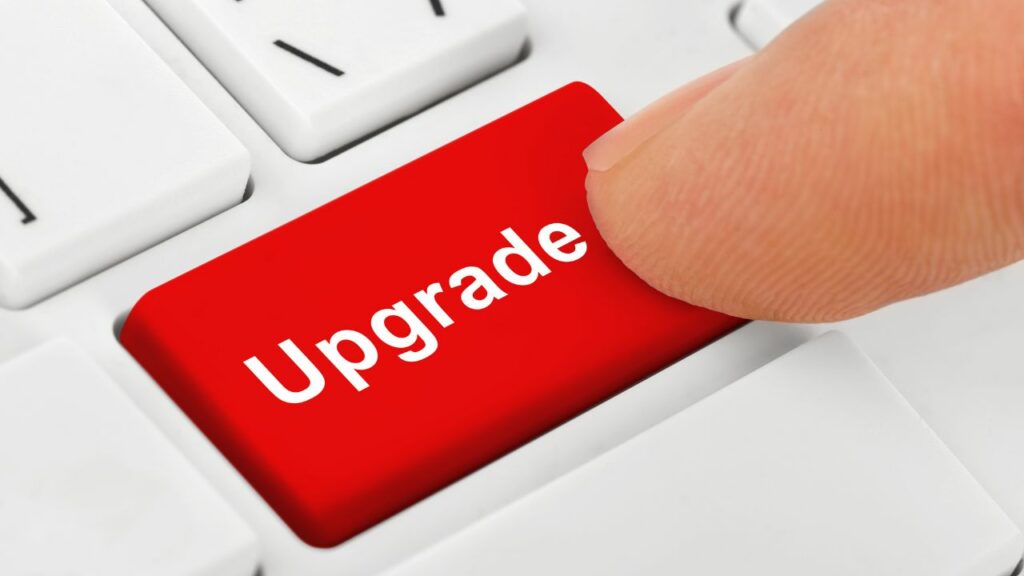
Table of Contents
Why Upgrade or Build a New Computer?
There are several reasons why you might want to upgrade or build a new computer. Some common ones include:
- Improved performance: If you’re using an older computer, you may have noticed that it takes longer to complete tasks or struggles to run newer software. Upgrading or building a new computer with newer and faster components can significantly improve performance and make your computer feel like new again.
- Gaming: If you’re a gamer, you know that playing the latest games at high settings can be a demanding task for a computer. Upgrading or building a new computer with a powerful processor, a dedicated graphics card, and plenty of memory can greatly improve your gaming experience.
- Customization: Building a computer from scratch allows you to choose every component and tailor the system to your specific needs and preferences. This can be especially useful if you have specific requirements (such as a large amount of storage or a particular form factor) or if you just want to put together a unique and personalized system.
- Cost savings: In some cases, building a new computer from scratch can be more cost-effective than buying a pre-built one. This is especially true if you are able to find good deals on individual components or if you already have some parts that you can reuse.
Choosing Components
The first step in upgrading or building a new computer is choosing the right components. There are several key components that you’ll need to consider:
Processor
The processor (or “CPU”) is the brain of the computer, responsible for executing most instructions that the computer receives. When choosing a processor, you’ll want to consider its speed (measured in GHz), the number of cores it has (which can affect its ability to multitask), and the type of socket it uses (which determines which motherboard it is compatible with). Some popular brands of processors include Intel and AMD.
Motherboard
The motherboard is the main circuit board of the computer and is responsible for connecting all of the other components together. When choosing a motherboard, you’ll want to make sure it is compatible with the processor you have chosen (as mentioned above) and has the features and ports that you need. Some things to consider when choosing a motherboard include the type of RAM it supports, the number and type of expansion slots it has, and the number and type of ports it offers (such as USB, HDMI, and Ethernet).
Memory (RAM)
Memory (or “RAM”) is used by the computer to store data that is being actively used or accessed. Having enough memory is important for ensuring that the computer can run smoothly, especially when multitasking or running resource-intensive applications. When choosing memory, you’ll want to consider the type (such as DDR4)
Storage
Storage is where you’ll store all of your files, including your operating system, programs, and personal data. There are 2 main types of storage: hard drives (HDDs) and solid state drives (SSDs).
Hard drives are traditional storage devices that use spinning disks to store data. They are generally less expensive than SSDs and can offer a lot of storage space, but they are also slower and more prone to failure.
SSDs, on the other hand, use flash memory to store data and are much faster than hard drives. They are also more reliable and use less power, but they are generally more expensive and offer less storage space per dollar.
When choosing storage for your computer, you’ll want to consider how much space you need, how fast you want your storage to be, and how much you are willing to spend. It’s also possible to use a combination of both hard drives and SSDs in your system.
Graphics Card
The graphics card (or “GPU”) is responsible for rendering images and video on your computer. If you’re a gamer or use your computer for tasks that require a lot of graphics processing (such as video editing), you’ll want to choose a dedicated graphics card rather than relying on the integrated graphics of your processor.
When choosing a graphics card, you’ll want to consider the type of connector it uses (such as PCI-Express), the amount of memory it has (measured in GB), and the type of GPU it uses (such as NVIDIA or AMD). You’ll also want to make sure it is compatible with your motherboard and has the necessary power connectors.
Power Supply
The power supply unit (or “PSU”) is responsible for providing power to all of the components in your computer. It’s important to choose a power supply that can deliver enough wattage to support all of your components and has the necessary connectors. You’ll also want to consider the efficiency of the power supply, as a more efficient one can save you money on your energy bills in the long run.
Case
The case is what everything else will go into and what you’ll see when you look at your computer. When choosing a case, you’ll want to consider the size (to make sure it can fit all of your components), the number and placement of fans (to ensure proper cooling), and the type and number of drive bays (for storage). You’ll also want to consider the overall aesthetic and whether it fits your personal style.
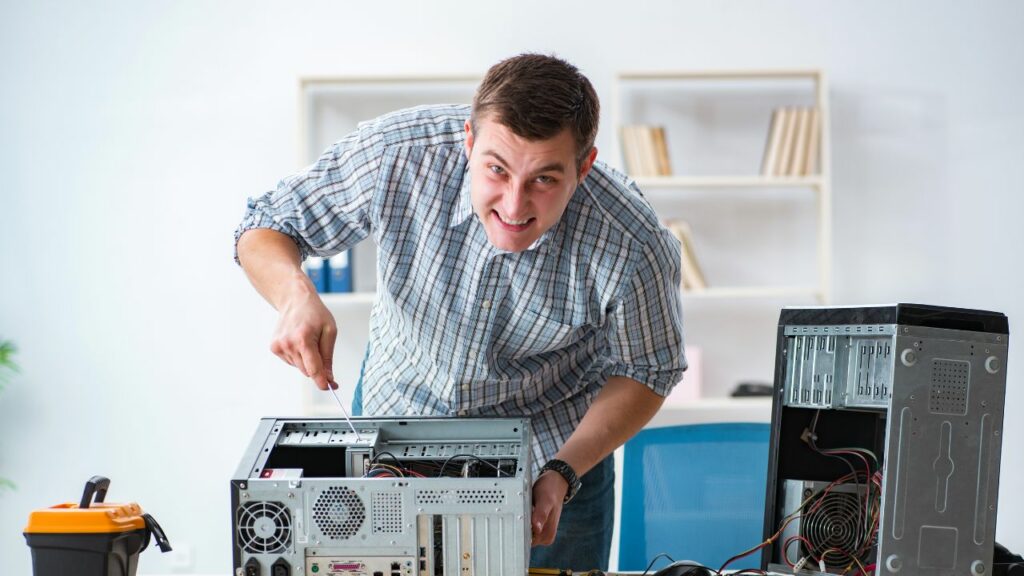
Putting It All Together
Once you have all of your components, it’s time to put everything together. While the process can vary slightly depending on the specific components you have chosen, there are a few general steps you’ll want to follow:
- Start by placing the motherboard in the case and securing it with screws.
- Install the CPU and cooler (if applicable) onto the motherboard according to the manufacturer’s instructions.
- Install the RAM into the appropriate slots on the motherboard.
- Install the power supply into the case and connect all of the necessary cables to the motherboard and other components.
- Install the storage devices (hard drive, SSD, etc.) into the appropriate drive bays and connect the cables.
- Install the graphics card (if applicable) into the appropriate slot on the motherboard and connect any necessary power cables.
- Connect any additional peripherals (such as a case fan or LED lighting) according to the manufacturer’s instructions.
- Close up the case and make sure everything is securely in place.
Installing an Operating System
Once everything is put together and you have ensured that all of your components are functioning properly, it’s time to install an operating system. This will allow you to start using your computer and installing programs.
There are several different operating systems you can choose from, including Windows, macOS, and Linux. Each one has its own unique features and is suited to different types of users.
To install an operating system, you’ll need to purchase a copy of the operating system and create an installation media (such as a USB drive or DVD). You’ll also need to make sure that your computer is set to boot from the installation media in the BIOS or UEFI settings.
Once you have your installation media ready and your computer is set to boot from it, you can start the installation process by restarting your computer and following the on-screen instructions. This will usually involve partitioning your storage, setting up user accounts, and configuring various settings.
Conclusion
Upgrading or building a new computer can be a challenging but rewarding task. By following this guide and doing your research, you’ll be able to choose the right components and put everything together with confidence. Whether you’re looking to improve performance, enhance your gaming experience, customize your system, or save money, building or upgrading your own computer is a great way to get the computer that you want.
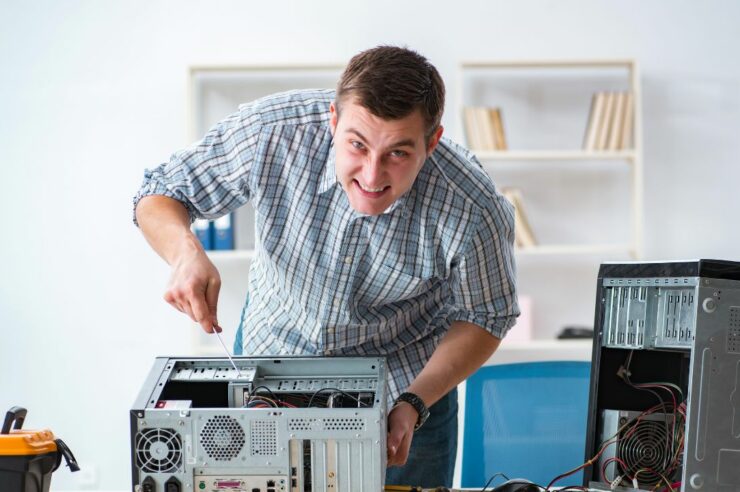
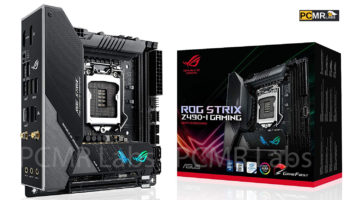
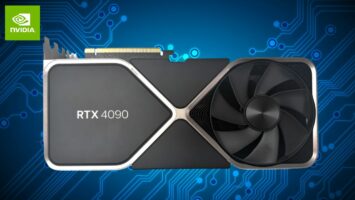
Comments (No)